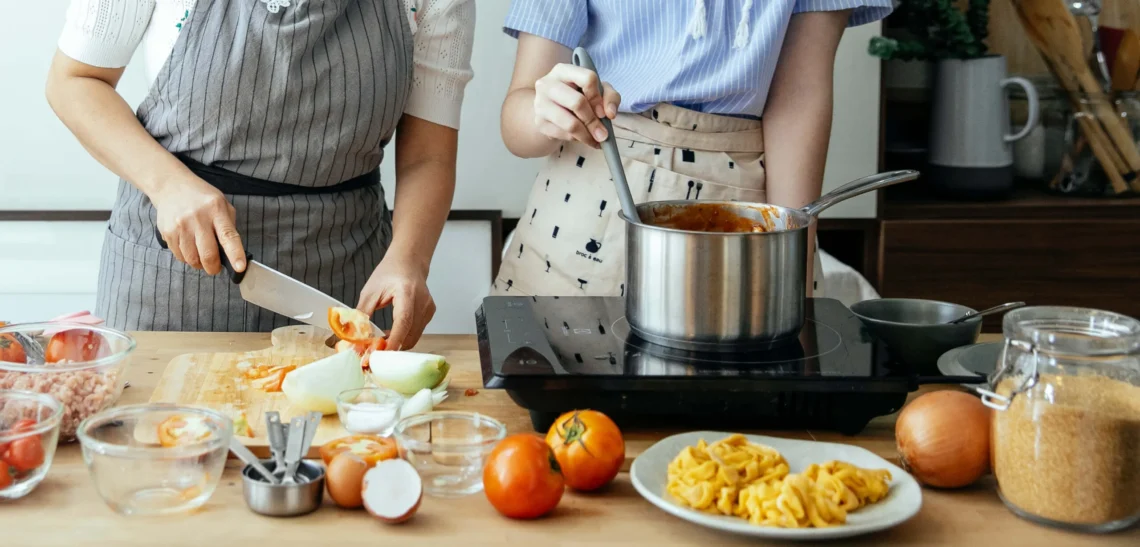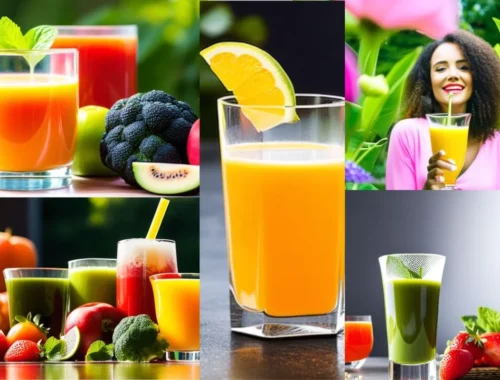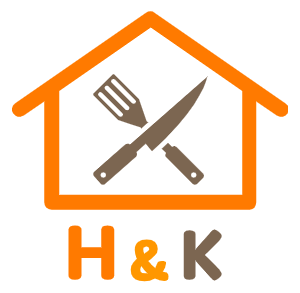
5 kitchen safety tips for a safe home
Table of Contents : Make your reading easy
ToggleWhat are the 5 kitchen safety tips?
The kitchen is one of the most dangerous places in the home. Every year, thousands of people are injured in kitchen accidents. Most of these accidents could be prevented with a little bit of kitchen safety tips and caution.
In this article, we’ll share ideas about, What are 5 basic rules for the kitchen? That will help you keep your home safe. We’ll talk about the importance of being aware of your surroundings, keeping your knives sharp, being careful with hot liquids and surfaces, and keeping your cooking area clean. We’ll also share some advice on what to do if you have food allergies. Let’s start with the 5 basic kitchen safety rules;
1. Always be aware of your surroundings in the kitchen.
As a chef, it is important to always be aware of your surroundings in the kitchen. This means being aware of what is going on around you, as well as being aware of potential hazards. One of the most common hazards in the kitchen is slipping and falling. This can happen when you are carrying hot pots or pans, or when you are walking on wet floors.
To avoid slipping and falling, always be aware of your footing. Make sure you are walking on level surfaces, and be careful when walking in wet areas. When you are carrying hot pots or pans, always use a pot holder to protect your hands. If you do slip and fall, try to relax and stay calm. Take a few deep breaths and then try to get back up. If you are unable to get up, call for help.
2. Keep your knives sharp.
It is important to keep your knives sharp in the kitchen for both safety and efficiency. A dull knife is more likely to slip and cause an injury, as well as take longer to prep food. There are a few different ways you can keep your knives sharp.
One way is to use a cutting board. This will protect your countertop and make it easier to keep your knives sharp. A honing rod is a cylindrical rod that is used to keep your knives sharp and should be made of stainless steel or ceramic. A sharpening stone is a flat stone that is used to sharpen your knives and is available in a variety of grits. A knife sharpener is a device that is used to sharpen your knives and is available in a variety of styles.
To use a cutting board, simply place it on a stable surface before beginning to chop your ingredients. To use a honing rod, hold the rod in one hand and the knife in the other, with the blade facing away from you. Run the blade along the rod from the hilt to the tip, then repeat on the other side.
To use a sharpening stone, wet it with water or oil before running the blade along it from hilt to tip. You may need to do this several times to get a good edge on your knife. To use a knife sharpener, follow the instructions that came with your particular model. Keeping knives sharp is one of the important points in kitchen safety tips.
3. Beware of hot liquids and surfaces.
Hot liquids and surfaces can pose a serious hazard in the kitchen. Hot liquids can cause severe burns, while hot surfaces can be a hazard for children and pets. To prevent accidents, always use oven mitts or pot holders when touching hot surfaces, and never leave a pot or pan unattended on a hot surface.
When handling hot liquids, it is important to use caution. Pour hot liquid slowly and carefully, and always use a lid when possible. If you do spill something, clean it up immediately. Be especially careful with young children and pets around hot liquids.
4. Keep your cooking area clean.
One of the most important things to do in order to keep your kitchen clean and safe is to keep your cooking area clean. This includes wiping down your counters and stovetop after each use, as well as cleaning your oven on a regular basis.
Make sure to also sweep and mop your floor regularly, and take out the trash often. By keeping your cooking area clean, you can avoid the build-up of dirt and bacteria, which can lead to dangerous kitchen accidents.
5. Stay aware of your food allergies.
While it’s important to take general safety precautions in the kitchen, it’s also important to be aware of your specific food allergies. Reading labels when buying processed foods is a good way to stay informed about what you’re putting into your body.
Be aware of cross-contamination when cooking, and educate yourself and others about your allergies. Additionally, carry an epinephrine injector with you at all times in case of an allergic reaction.
Conclusion
The kitchen can be a dangerous place if you’re not careful, but there are some simple kitchen safety measures you can adopt to stay safe. First, always be aware of what’s going on around you and keep your knives sharp. Second, be careful of hot liquids and surfaces. Third, keep your cooking area clean. Finally, stay aware of your food allergies. By following these kitchen safety guidelines, you can help make your kitchen a safe place.
Also, learn about;
10 Expert Tips for planning a Budget-Friendly Kitchen Remodel
Ejoo Writer
Meet Ejoo, a talented writer with a passion for all things related to smart homes and kitchen design. With years of experience in the field, Ejoo has a wealth of knowledge when it comes to creating efficient and aesthetically pleasing spaces that utilize the latest technology. Their writing skills are equally impressive, with a talent for crafting compelling content that engages and informs readers. Whether you're looking for tips on how to make your kitchen smarter or need inspiration for your next home renovation project, Ejoo is the perfect writer to guide you through the process with their expertise and creativity.
You May Also Like

Benefits of juicing once a day
23 February 2023
Ten Secrets to Decorate Your Home for Less than $100
30 October 2021



9 Comments
mahmutlar escort
Nice post. I learn something totally new and challenging on websites
Ejoo Writer
Thank you.
zoritoler imol
I’ll right away grab your rss as I can not find your email subscription link or newsletter service. Do you have any? Kindly let me know in order that I could subscribe. Thanks.
demo slot pg soft
Keep up the great piece of work, I read few content on this web site and I believe that your website is real interesting and has circles of wonderful information.
pragmatic play demo rupiah
Its like you read my mind! You seem to know a lot about this, like you wrote the book in it or something. I think that you can do with some pics to drive the message home a little bit, but other than that, this is fantastic blog. An excellent read. I’ll certainly be back.
Betwing88
Some genuinely interesting info , well written and loosely user genial.
watch live racing free
I appreciate you sharing this blog.Really looking forward to read more. Really Great.
cranbourne races
I very delighted to find this internet site on bing just what I was searching for as well saved to fav
horse racing grand national
Great website. Lots of useful information here. I look forward to the continuation.